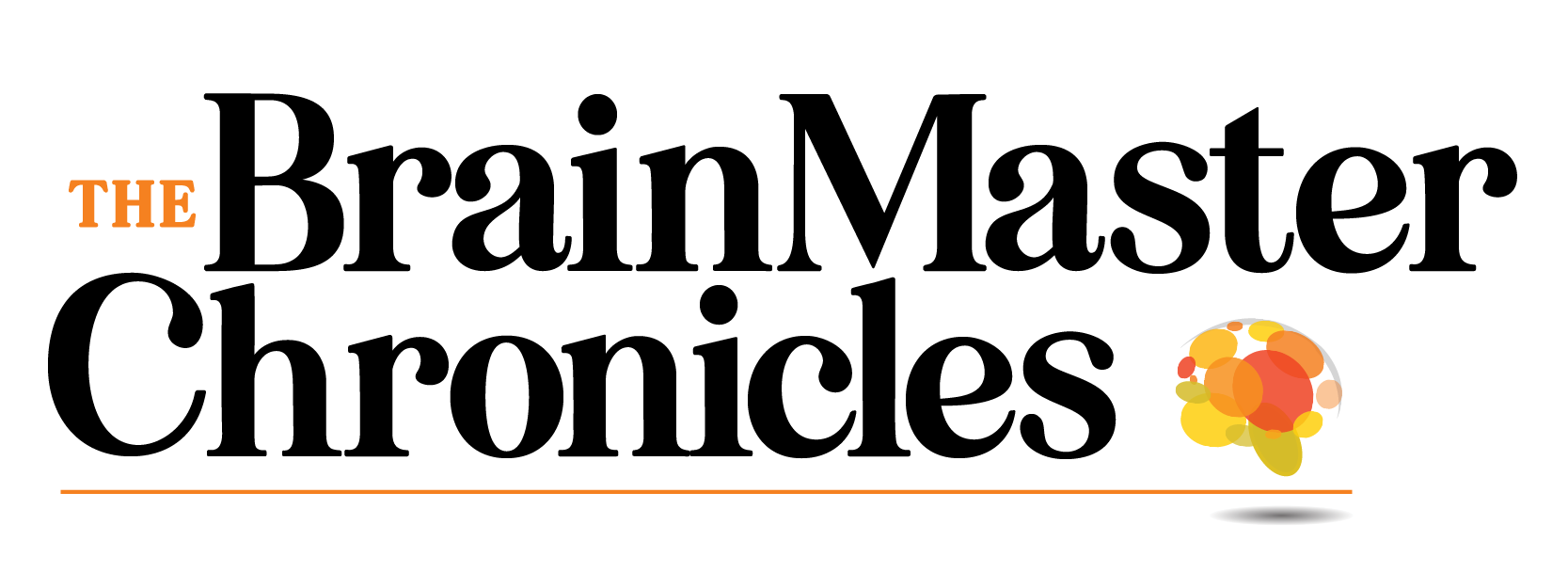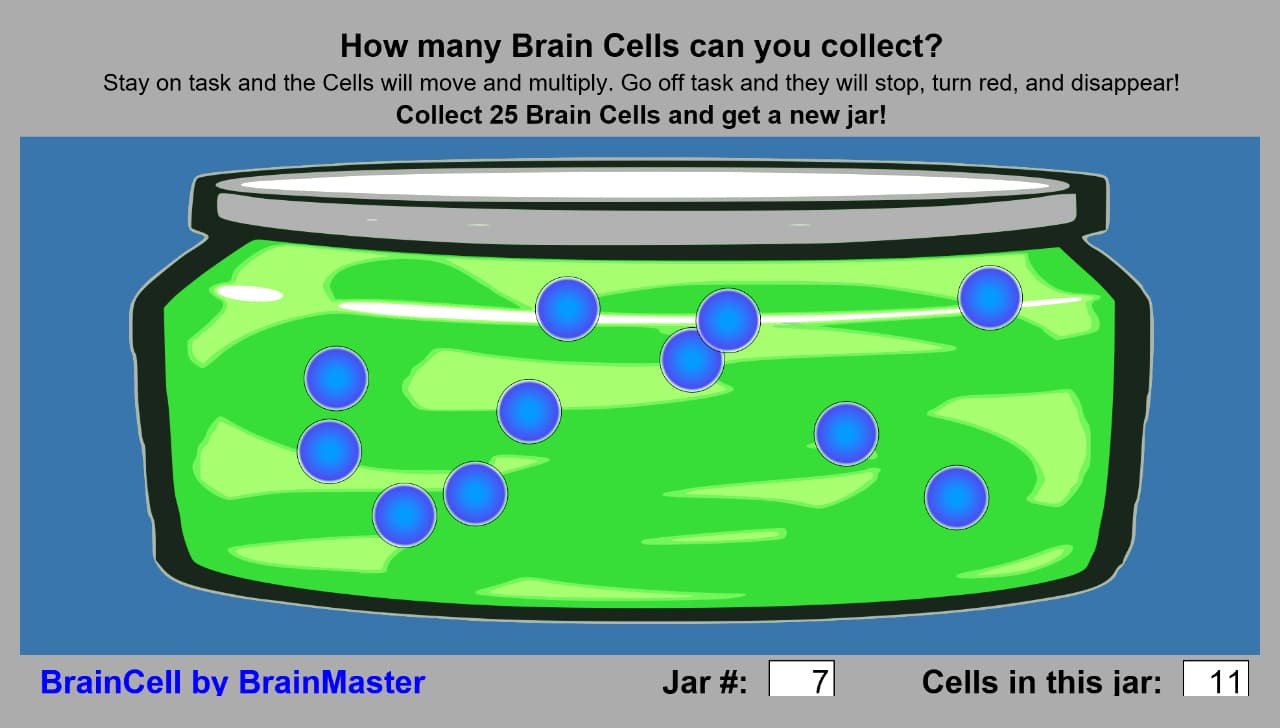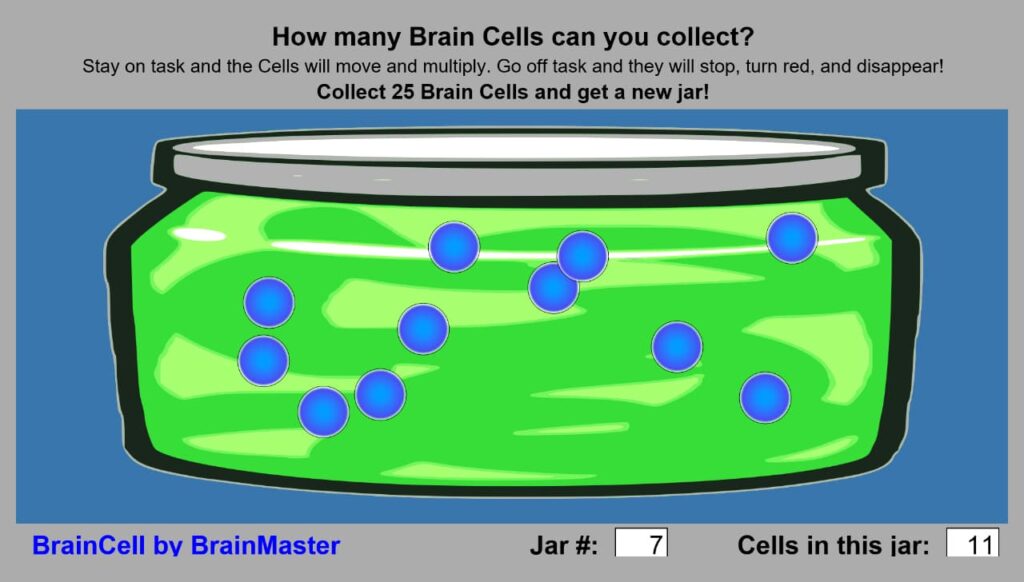

Motivation, Novelty, and Effective Neurofeedback
“Monotony collapses time;
Novelty unfolds it.”
— Joshua Foer
In neurofeedback and biofeedback, it is always a challenge to keep the client engaged. You need to have their interest and attention for the training to work, but what are the scientific reasons to choose one type of feedback or the other? Bar graphs, games, videos, and other displays are all available. The choice can be based on experience and fact.
The keys to effective operant training — such as in biofeedback and neurofeedback — are these.
• It must be fast, correct, and interesting according to experts. Another research put it rapid, accurate, and aesthetic. Of these, “fast and correct” or “rapid and accurate” are technical goals that can be met with good equipment and software. However, what is “interesting” or “aesthetic” to the client? What does that mean?
• The feedback needs to be engaging, but not over stimulating or unnecessarily elaborate. In one recent study, researchers and clinicians in Spain and Romania set out to discover whether neurofeedback using movies and a dimmer gave better results than a preselected game. Their results showed the following important points:
• If the trainee can select a video that is controlled by the feedback, and finds the video interesting, then a statistically significant rise in SMR could be achieved in one session. With a simple game, there was a small but not significant change in SMR in one session.
• Autothresholding could be used effectively, in a controlled setting.
These are important findings, because many practitioners opt for videos and multimedia dimmer feedback and feel that they are superior— and there are always questions about autothresholding. This study shows that across a multi-center study, a more engaging feedback increases motivation and the difference shows up in the EEG itself.
Here is their summary of their work, and a link to the article online.
Enhancing the Effects of Neurofeedback Training: The Motivational Value of the Reinforcers
R. Perez-Elvira et. al. Brain Sciences 2021, 11, 457
Brain activity that is measured by electroencephalography (EEG) can be modified through operant conditioning, specifically using neurofeedback (NF). NF has been applied to several disorders claiming that a change in the erratic brain activity would be accompanied by a reduction of the symptoms. However, the expected results are not always achieved. Some authors have suggested that the lack of an adequate response may be due to an incorrect application of the operant conditioning principles. A key factor in operant conditioning is the use of reinforcers and their value in modifying behavior, something that is not always sufficiently taken into account.
This work aims to clarify the relevance of the motivational value versus the purely informational value of the reinforcer.
In this study, 113 subjects were randomly assigned two different reinforcer conditions:
• A self-chosen reinforcer — reinforcers subjectively selected by subject.
• An imposed reinforcer — reinforcers assigned by the experimenter. Both groups undertook NF sessions to enhance the sensorimotor rhythm (SMR).
In addition, the self-chosen reinforcer group was divided into two subgroups:
• One receiving real NF.
• One receiving sham NF.
There were no significant differences between the groups at baseline in terms of SMR amplitude. After the intervention, only those subjects belonging to the self-chosen reinforcer group who received real NF increased their SMR.
Our results provide evidence for the importance of the motivational value of the reinforcer in Neurofeedback success.
Tom Collura
“The strongest principle of growth
lies in human choice.”
— George Eliot (Mary Ann Evans)



